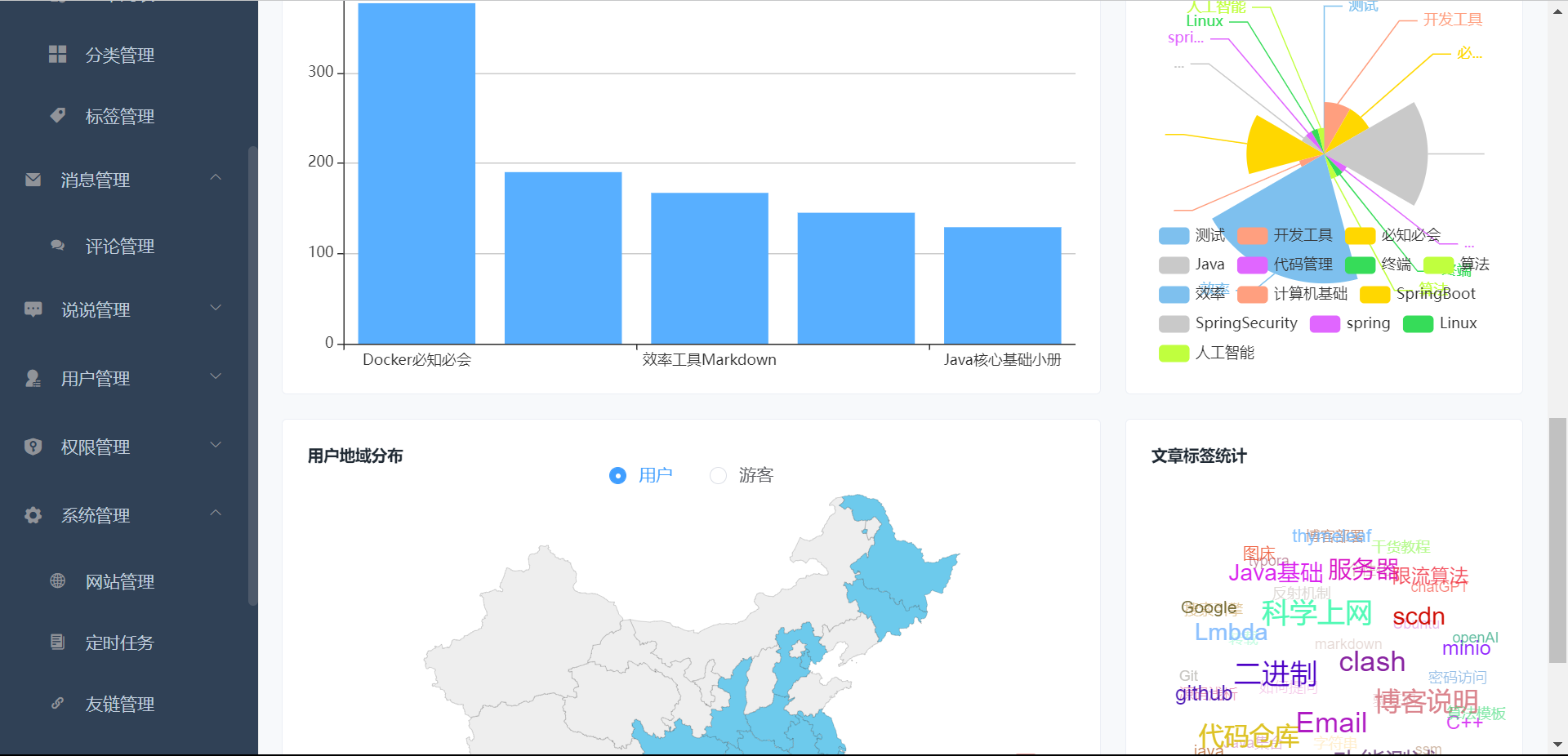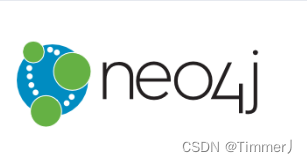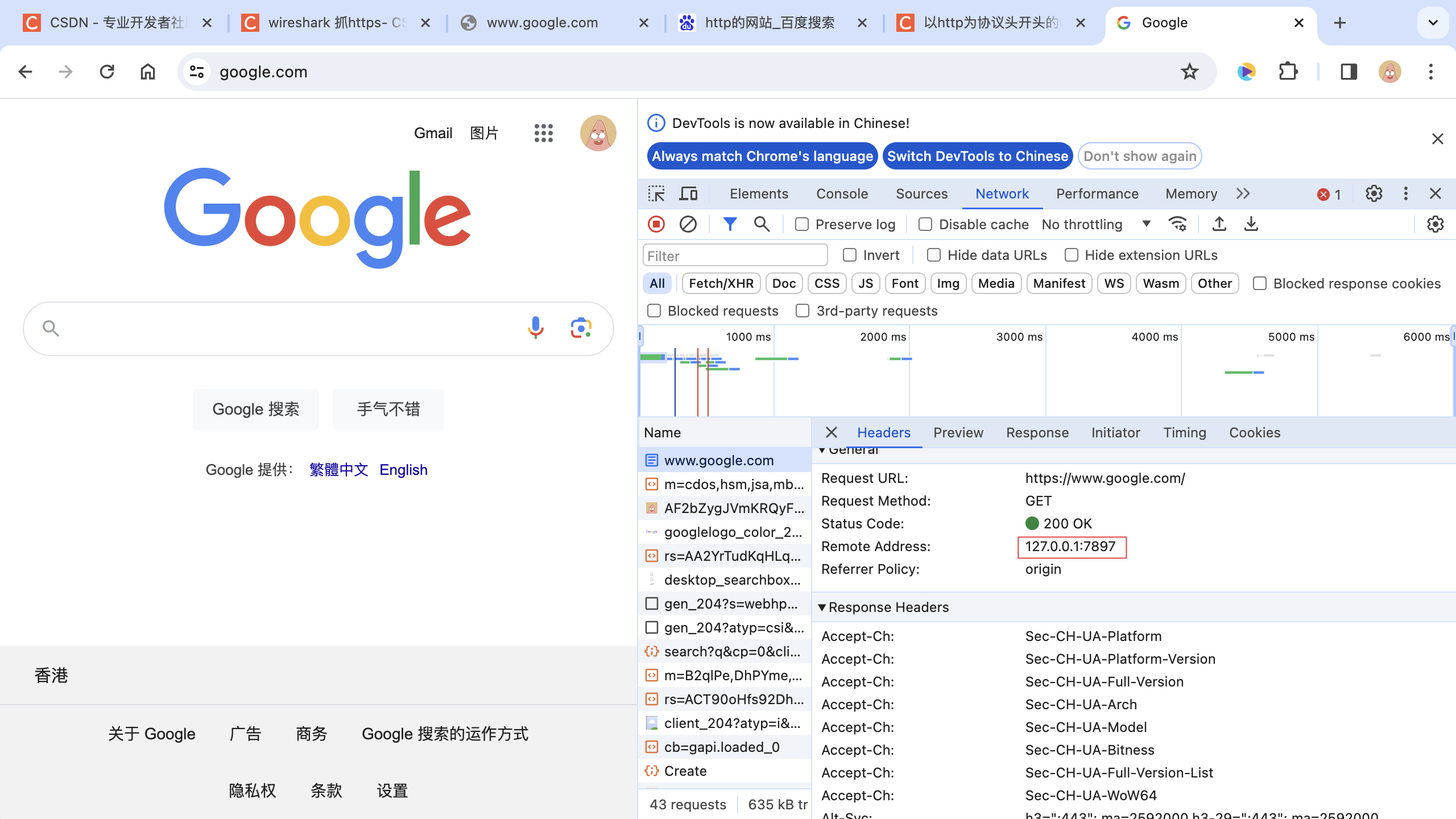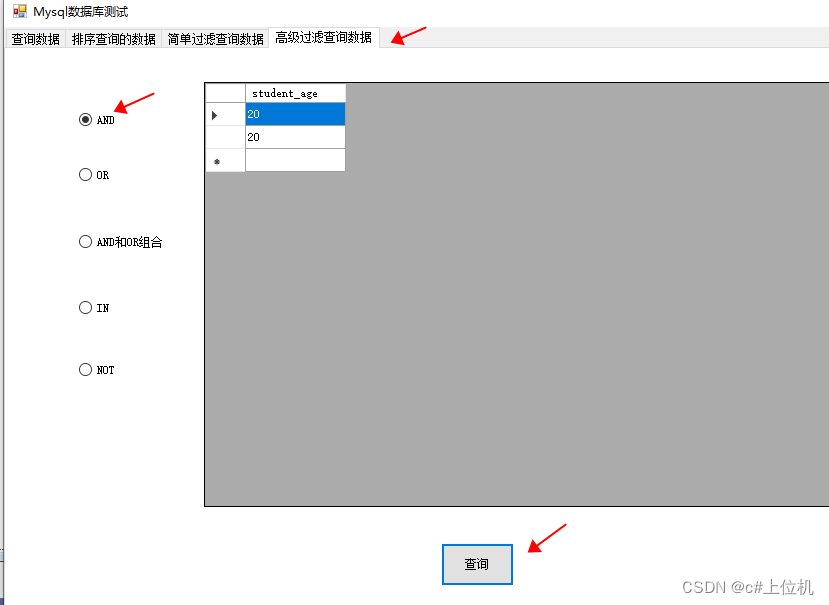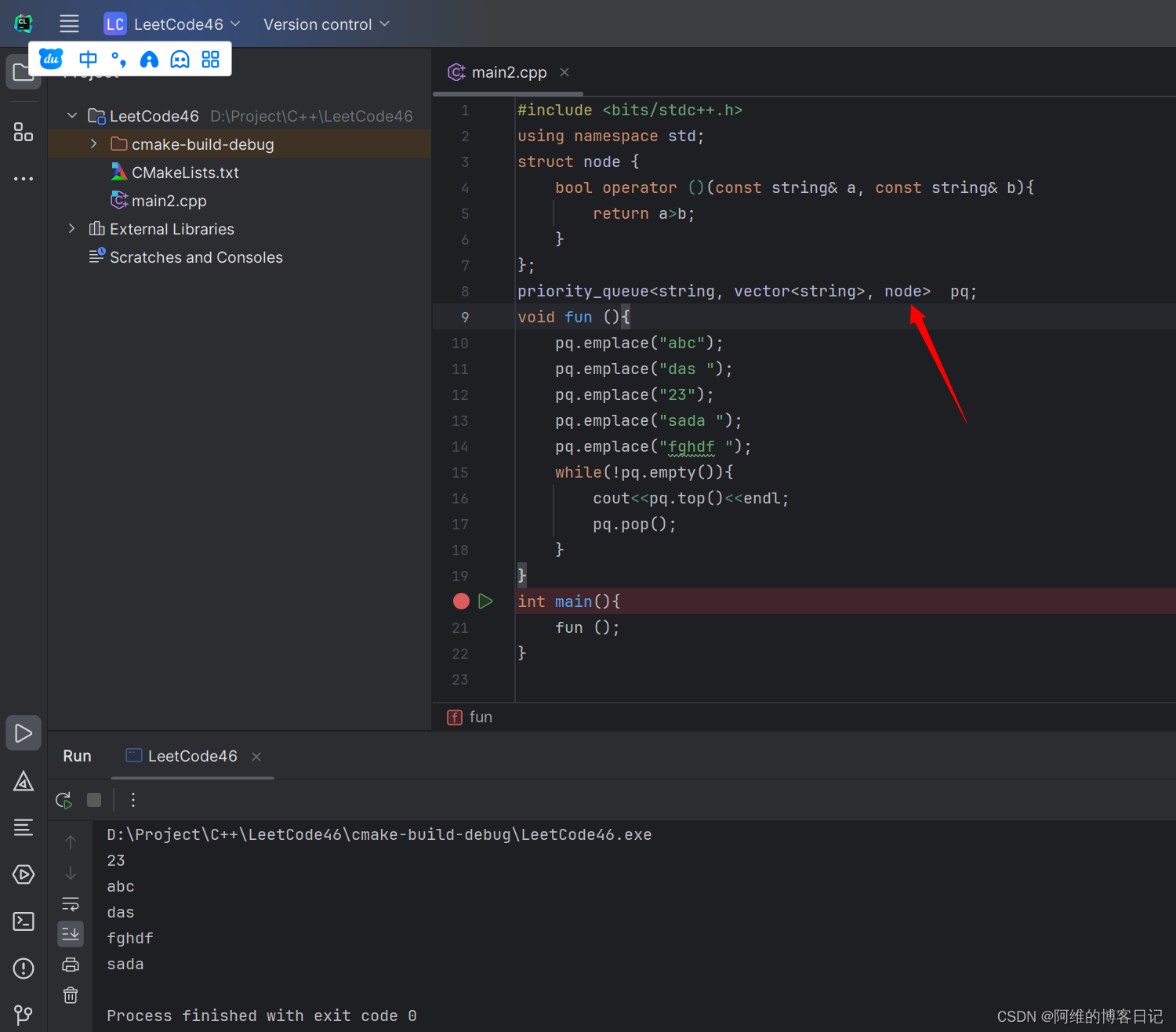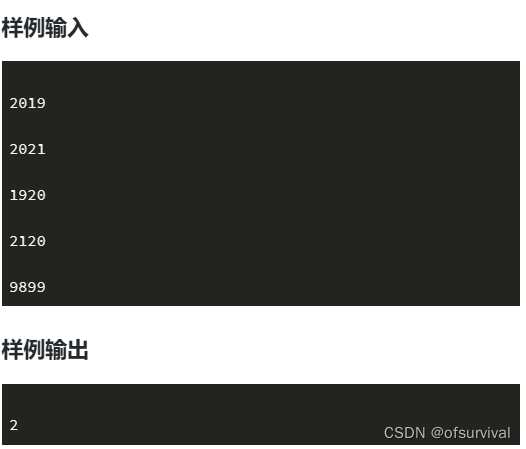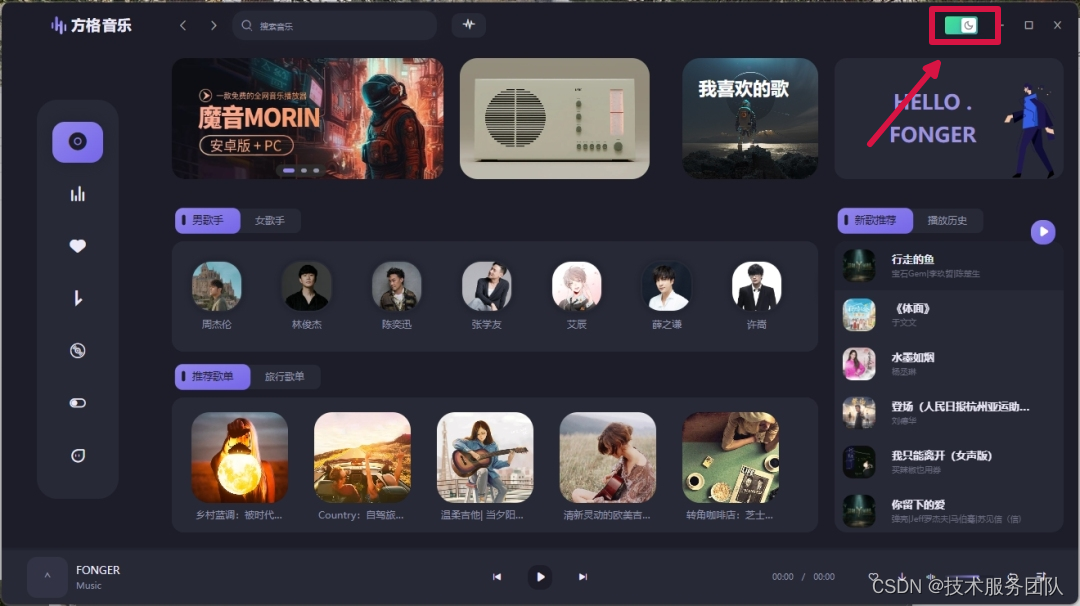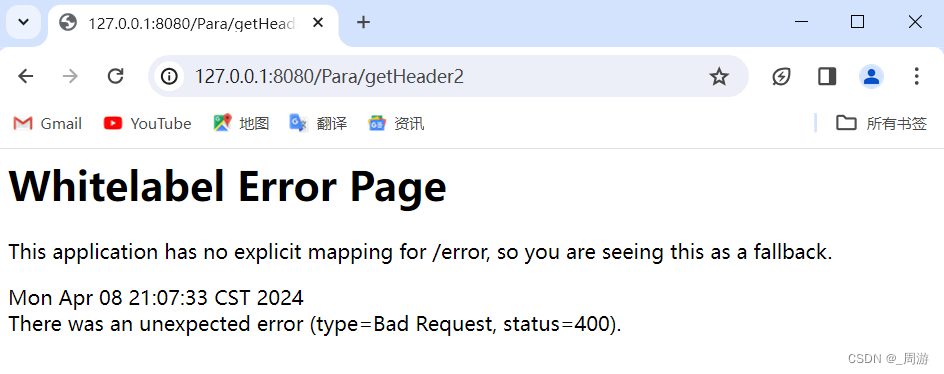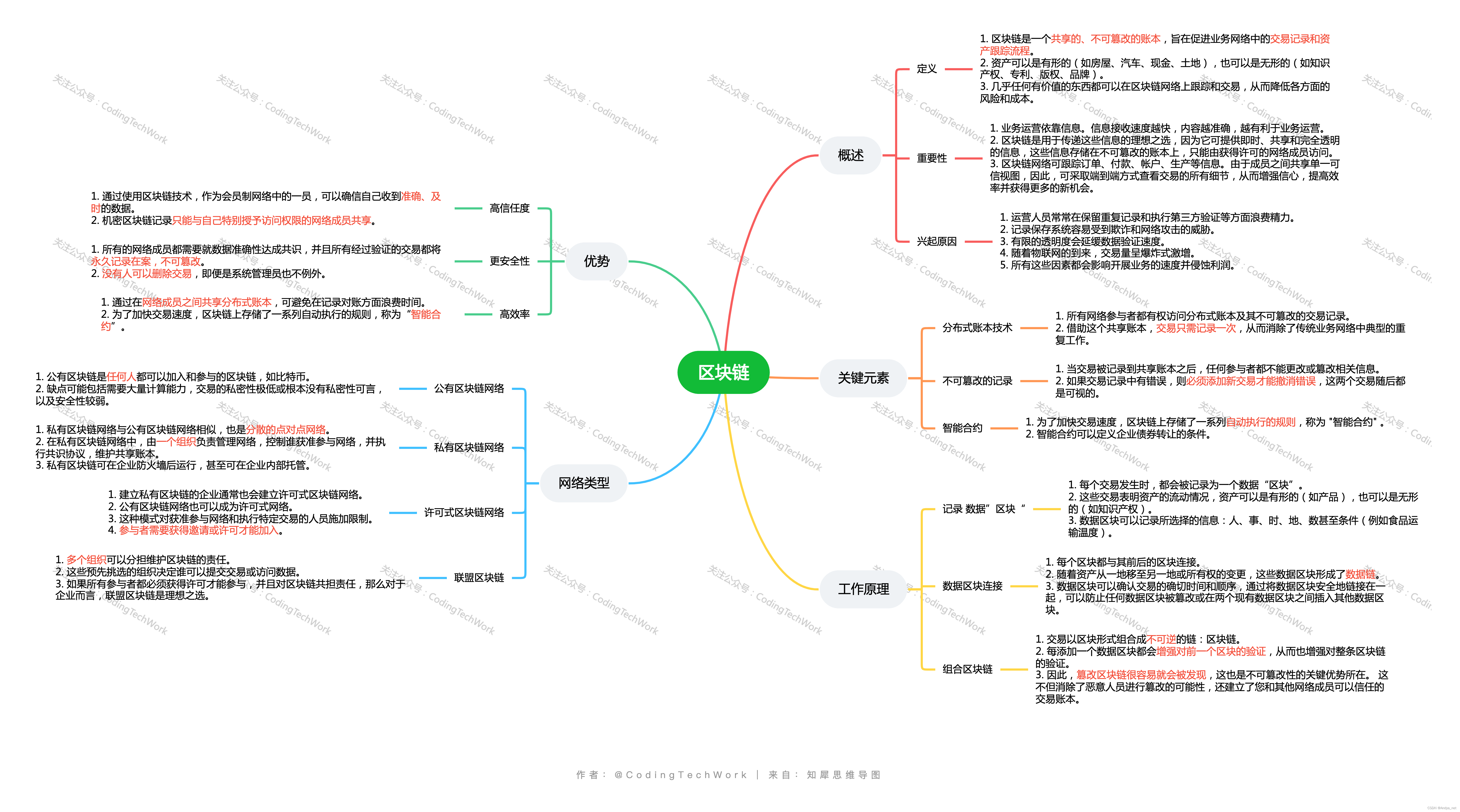介绍
本方案做的是采用Swiper组件实现容器视图居中完全展示,两边等长露出,并且跟手滑动效果。
效果图预览
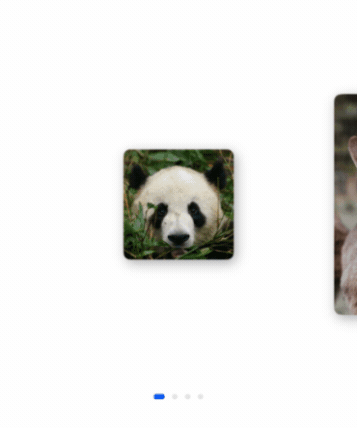
实现思路
本解决方案通过维护所有卡片偏移的数组,实时更新卡片的偏移量,以实现swiper子组件内图片居中展示,两边等长露出。
- 左右露出效果静态实现。
Swiper组件基础视图效果如下。

如果所有子组件卡片大小一样,子组件内卡片居中展示即可实现效果。但是当子组件的卡片大小不一样时,无法通过简单的设置居中布局实现左右的等长露出。
此时需要计算当前状态下的卡片的偏移量。

/**
* 计算指定卡片的最大偏移量。
* @param index {number} target card's index.
* @returns offset value.
*/
getMaxOffset(index: number): number {
/*
* 这里的偏移量指相对容器左侧的值。
* 计算公式为:屏幕宽度 - Swiper两侧突出的偏移量 - 卡片自身的宽度。
* 此值即为卡片可偏移的最大值,也就是卡片右对齐的状态值。
* 如果居中,则将最大偏移量 / 2。
*/
return this.displayWidth - this.cardsList[index].width - 2 * this.swiperMargin;
}
/**
* 计算卡片偏移量,并维护偏移量列表。
* @param targetIndex { number } swiper target card's index.
*/
calculateOffset(target: number) {
let left = target - 1;
let right = target + 1;
// 计算上一张卡片的偏移值
if (this.isIndexValid(left)) {
this.cardsOffset[left] = this.getMaxOffset(left);
}
// 计算当前卡片的偏移值
if (this.isIndexValid(target)) {
this.cardsOffset[target] = this.getMaxOffset(target) / 2;
}
// 下一张片的偏移值
if (this.isIndexValid(right)) {
this.cardsOffset[right] = 0;
}
}
- 滑动跟手实现
滑动swiper组件动态位置更新原理和上一步静态位置获取原理一样,只不过在滑动过程通过相应的回调函数实时位置更新。
在以下这三个swiper回调接口中,分别实现卡片跟手、离手、导航点切换时的卡片偏移量更新。
| 接口名 | 基本功能 |
|---|---|
| onGestureSwipe | 在页面跟手滑动过程中,逐帧触发该回调。 |
| onAnimationStart | 切换动画开始时触发该回调。 |
| onChange | 子组件索引变化时触发该事件。 |
具体api接口信息查看:Swiper事件。
- 在onGestureSwiper回调中,根据手指滑动的距离实时维护卡片的偏移量。
.onGestureSwipe((index, event) => {
let currentOffset = event.currentOffset;
// 获取当前卡片(居中)的原始偏移量
let maxOffset = this.getMaxOffset(index) / 2;
// 实时维护卡片的偏移量列表,做到跟手效果
if (currentOffset < 0) {
// 向左偏移
/*
* 此处计算原理为:按照比例设置卡片的偏移量。
* 当前卡片居中,向左滑动后将在左边,此时卡片偏移量即为 maxOffset * 2(因为向右对齐)。
* 所以手指能够滑动的最大距离(this.displayWidth)所带来的偏移量即为 maxOffset。
* 易得公式:卡片实时偏移量 = (手指滑动长度 / 屏幕宽度) * 卡片最大可偏移量 + 当前偏移量。
* 之后的计算原理相同,将不再赘述。
*/
this.cardsOffset[index] = (-currentOffset / this.displayWidth) * maxOffset + maxOffset;
if (this.isIndexValid(index + 1)) {
// 下一个卡片的偏移量
let maxOffset = this.getMaxOffset(index + 1) / 2;
this.cardsOffset[index + 1] = (-currentOffset / this.displayWidth) * maxOffset;
}
if (this.isIndexValid(index - 1)) {
// 上一个卡片的偏移量
let maxOffset = this.getMaxOffset(index - 1) / 2;
this.cardsOffset[index - 1] = (currentOffset / this.displayWidth) * maxOffset + 2 * maxOffset;
}
} else if (currentOffset > 0) {
// 向右滑动
this.cardsOffset[index] = maxOffset - (currentOffset / this.displayWidth) * maxOffset;
if (this.isIndexValid(index + 1)) {
let maxOffset = this.getMaxOffset(index + 1) / 2;
this.cardsOffset[index + 1] = (currentOffset / this.displayWidth) * maxOffset;
}
if (this.isIndexValid(index - 1)) {
let maxOffset = this.getMaxOffset(index -1) / 2;
this.cardsOffset[index - 1] = 2 * maxOffset - (currentOffset / this.displayWidth) * maxOffset;
}
}
})
- 在onAnimationStart回调中,计算手指离开屏幕时卡片的偏移量,避免产生突变的偏移量。
.onAnimationStart((_, targetIndex) => {
this.calculateOffset(targetIndex);
})
这里的 calculateOffset 函数即步骤1中维护卡片偏移量的函数。
- 在onChange回调中提前计算Swiper滑动后卡片的位置。
.onChange((index) => {
logger.info(TAG, `Target index: ${index}`);
this.calculateOffset(index);
})
计算方式同上一步。
- 图片预览效果实现
图片预览动效是通过共享元素转场结合全屏模态实现的。
通过geometryTransition属性绑定两个需要“一镜到底”的组件(本案例中的图片),结合模态窗口转场即可。
// 以下代码仅展示关键部分,详请查看源码
Row() {
Image(this.cardInfo.src)
.objectFit(ImageFit.Cover)
.borderRadius($r('app.integer.photo_radius'))
// TODO 知识点:geometryTransition通过id参数绑定两个组件转场关系,实现一镜到底动画
.geometryTransition(this.cardIndex.toString(), { follow: true })
.transition(TransitionEffect.OPACITY.animation({ duration: Constants.DURATION, curve: Curve.Friction }))
}
...
.bindContentCover(
this.isPhotoShow,
this.photoShowBuilder(this.cardInfo.src, this.cardIndex.toString()),
{ backgroundColor: $r('app.color.photo_preview_build_background'), modalTransition: ModalTransition.ALPHA }
)
...
// 全屏模态组件
@Builder photoShowBuilder(img: Resource, id: string) {
Column() {
Image(img)
.borderRadius($r('app.integer.photo_radius'))
.geometryTransition(id, { follow: true })
.width($r('app.string.photo_preview_width'))
.transition(TransitionEffect.opacity(Constants.OPACITY))
}
...
.onClick(() => {
animateTo({
duration: Constants.DURATION,
curve: Curve.Friction
}, () => {
this.isPhotoShow = !this.isPhotoShow;
})
})
}
高性能知识点
- 本示例使用了LazyForEach进行数据懒加载以降低内存占用。
- Swiper组件的onGestureSwipe事件是个高频回调,注意在里面不要调用冗余操作和耗时操作。
工程结构&模块类型
cardswiperanimation // har包
├─components
│ ├─mainpage
│ │ └─ CardSwiper.ets // 卡片滑动组件入口
│ ├─model
│ │ └─ CardModel.ets // 定义卡片类型
│ ├─viewmodel
│ └─ CardViewModel.ets // 定义卡片组件
├─utils
│ ├─ Constants.ets // 常量数据
模块依赖
- routermodule
参考资料
- Swiper容器组件
- 共享元素转场
为了能让大家更好的学习鸿蒙(HarmonyOS NEXT)开发技术,这边特意整理了《鸿蒙开发学习手册》(共计890页),希望对大家有所帮助:https://qr21.cn/FV7h05
《鸿蒙开发学习手册》:
如何快速入门:https://qr21.cn/FV7h05
- 基本概念
- 构建第一个ArkTS应用
- ……

开发基础知识:https://qr21.cn/FV7h05
- 应用基础知识
- 配置文件
- 应用数据管理
- 应用安全管理
- 应用隐私保护
- 三方应用调用管控机制
- 资源分类与访问
- 学习ArkTS语言
- ……

基于ArkTS 开发:https://qr21.cn/FV7h05
- Ability开发
- UI开发
- 公共事件与通知
- 窗口管理
- 媒体
- 安全
- 网络与链接
- 电话服务
- 数据管理
- 后台任务(Background Task)管理
- 设备管理
- 设备使用信息统计
- DFX
- 国际化开发
- 折叠屏系列
- ……

鸿蒙开发面试真题(含参考答案):https://qr18.cn/F781PH

鸿蒙开发面试大盘集篇(共计319页):https://qr18.cn/F781PH
1.项目开发必备面试题
2.性能优化方向
3.架构方向
4.鸿蒙开发系统底层方向
5.鸿蒙音视频开发方向
6.鸿蒙车载开发方向
7.鸿蒙南向开发方向


